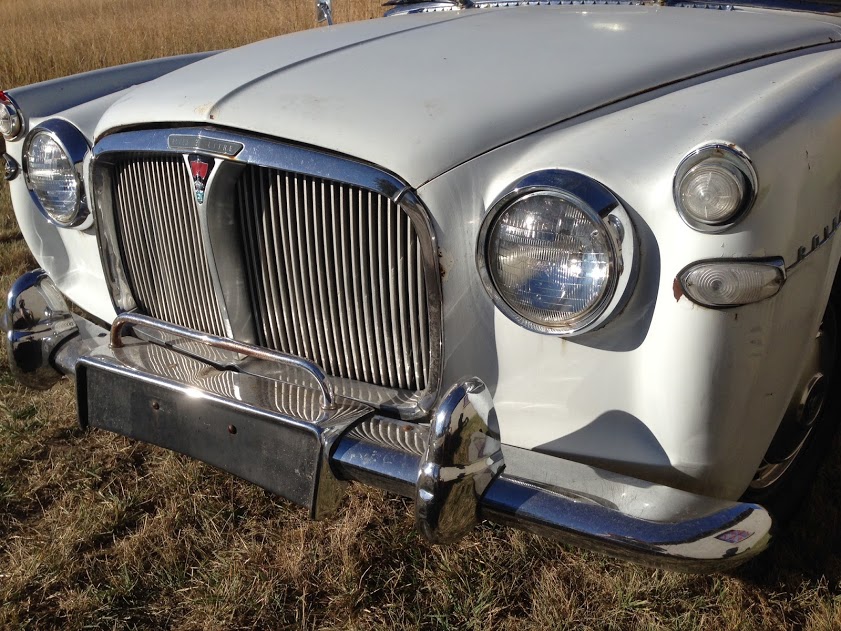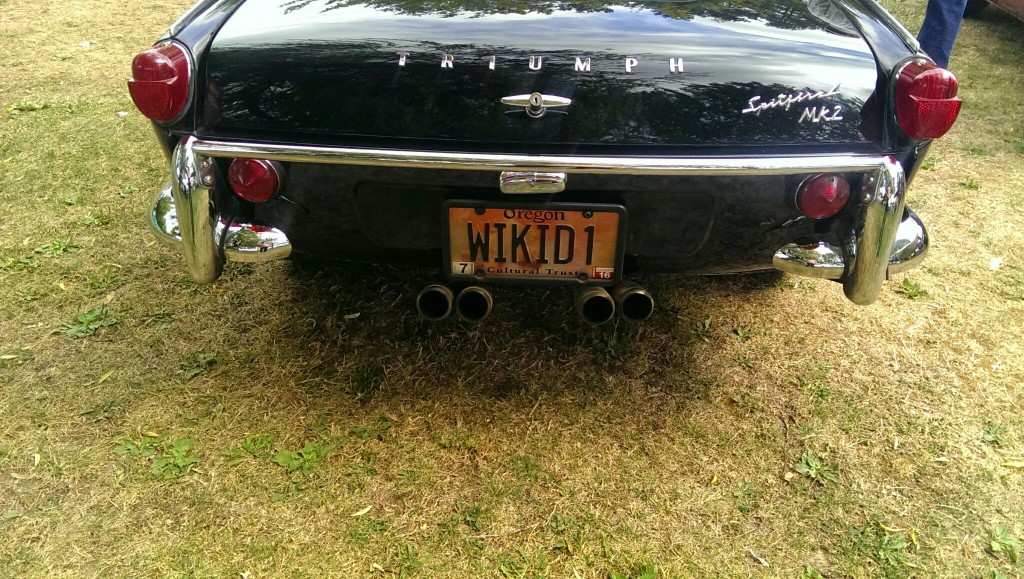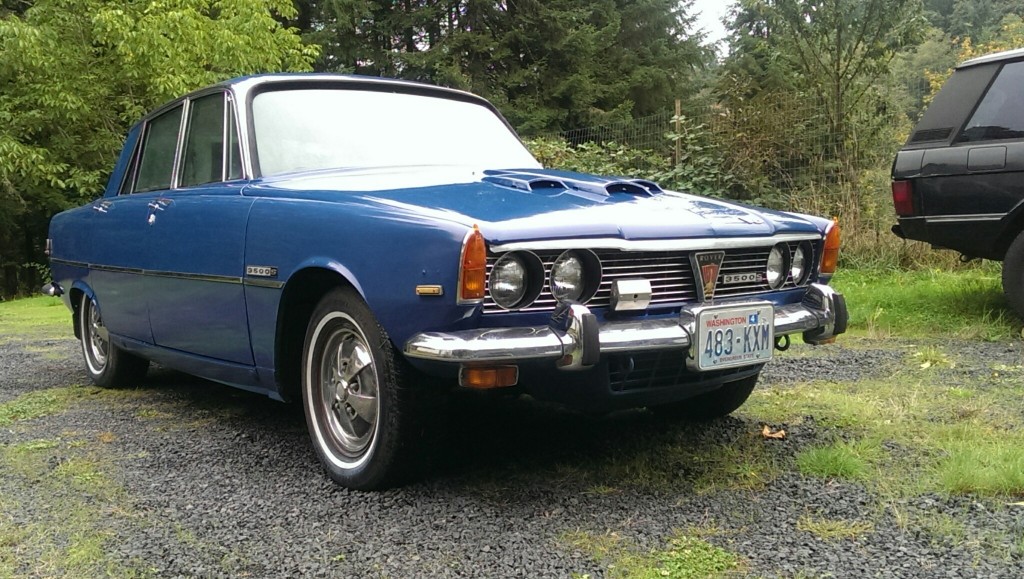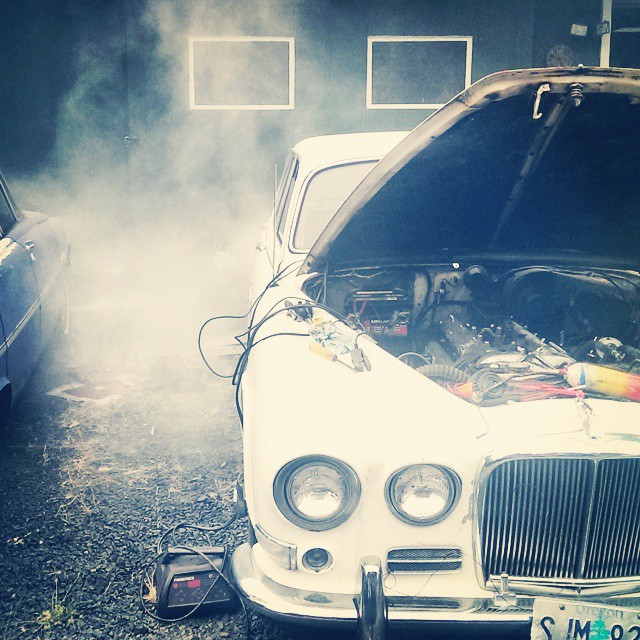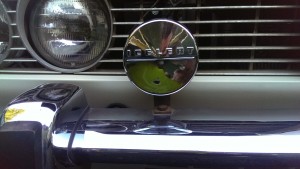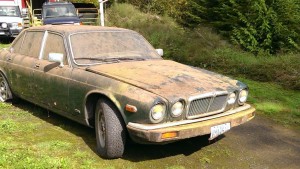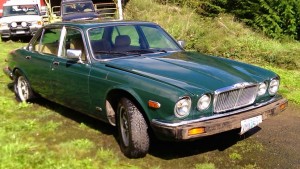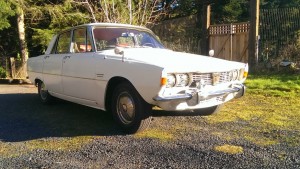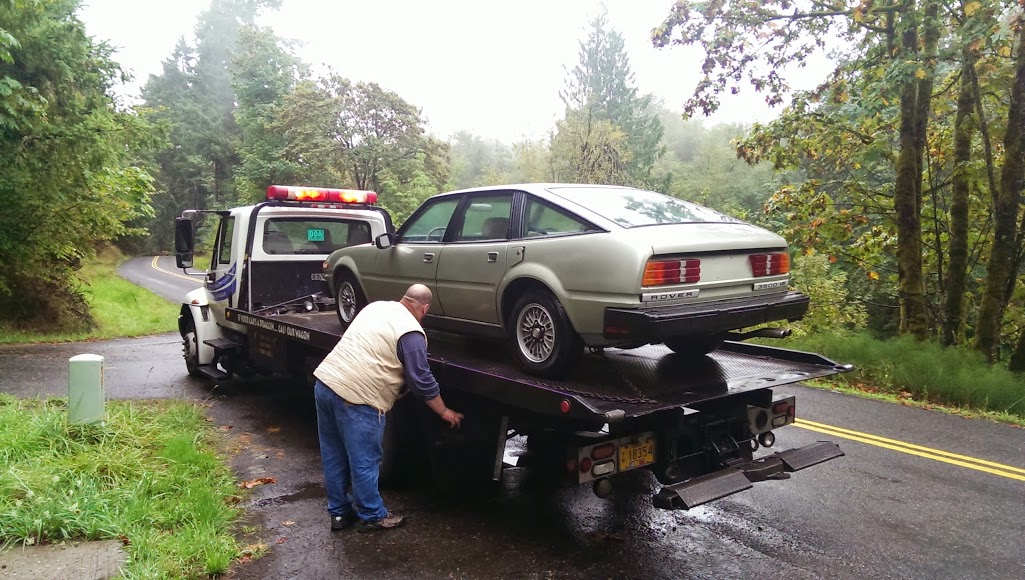Plenty of cars have faces. Some are cross-eyed, some look confused (I’m looking at you, every Citroen before 1986), and some look genuinely excited to be on the road (every Mini). The most obvious example brought up is frequently the eternally-happy Austin Healey Sprite, but a lot of modern cars are made (factory or by hacking about with fibreglass) to look rather mean. This isn’t a new thing though, as various manufacturers proved in the 50s/60s, such as this wonderful Triumph Vitesse that’s temporarily (ie: until post-COVID times) gracing my driveway.
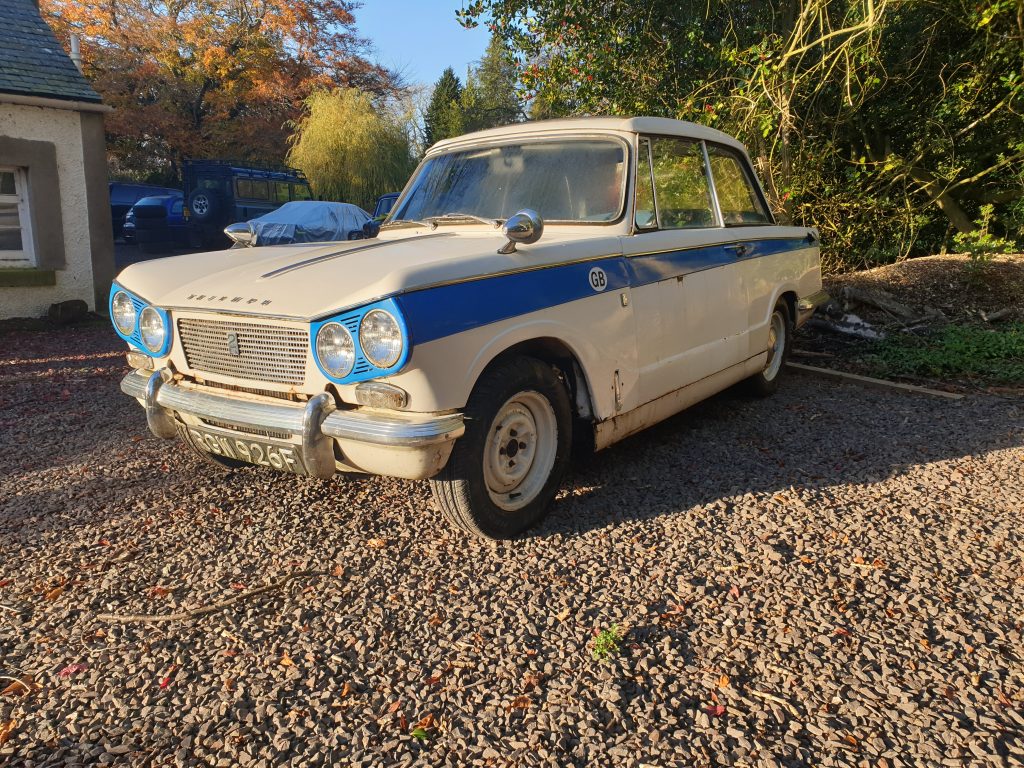
This particular one had sat for a while, but once all the birds nests had been removed and the various seized things unseized, it actually runs rather nicely – but it still looks angry. What’s non-obvious from this angle is how small it is though – as a four-seater car, it’s not really wider than a proper Mini and is absolutely dwarfed by anything modern.
However, this one does have a few surprises. First of these is that it actually started, despite having arrived here with ten year old petrol in it. Secondly, it’s the rather rarer 2 litre mk1 model, with the 4-speed overdrive box. It does not have a 2 litre engine; some wag in the past has fitted the loud bits out of a 2500TC to it, along with a rather fruity exhaust. Unfortunately, it’s got the original Vitesse differential, which I don’t imagine will have a terribly long lifespan if all that torque is used that often. It is also rather front-heavy though, which will be interesting with that famously-stable rear suspension….

